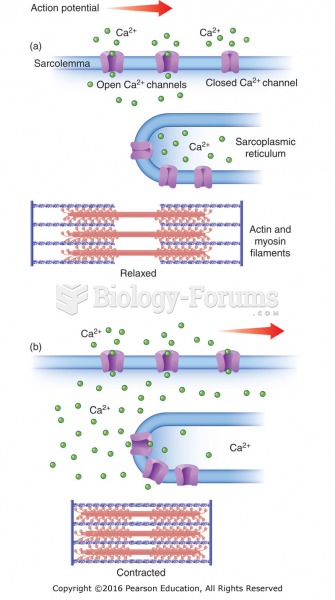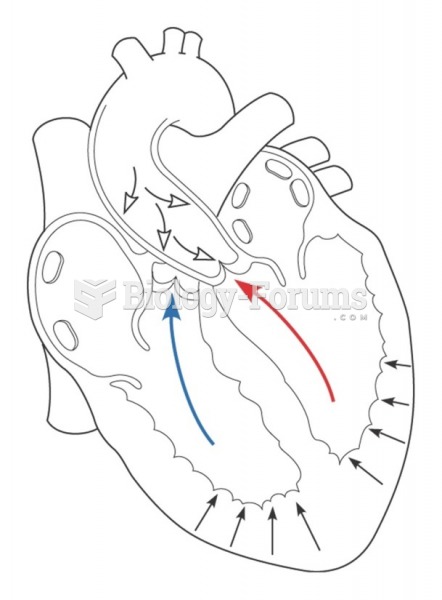|
|
|
Oliver Wendell Holmes is credited with introducing the words "anesthesia" and "anesthetic" into the English language in 1846.
Astigmatism is the most common vision problem. It may accompany nearsightedness or farsightedness. It is usually caused by an irregularly shaped cornea, but sometimes it is the result of an irregularly shaped lens. Either type can be corrected by eyeglasses, contact lenses, or refractive surgery.
You should not take more than 1,000 mg of vitamin E per day. Doses above this amount increase the risk of bleeding problems that can lead to a stroke.
Recent studies have shown that the number of medication errors increases in relation to the number of orders that are verified per pharmacist, per work shift.
According to the FDA, adverse drug events harmed or killed approximately 1,200,000 people in the United States in the year 2015.
 The Pleiades, an open cluster of stars in the constellation of Taurus. These stars share a common mo
The Pleiades, an open cluster of stars in the constellation of Taurus. These stars share a common mo
 Calcium channels and muscle contraction: (a) Calcium channels open as the action potential travels ...
Calcium channels and muscle contraction: (a) Calcium channels open as the action potential travels ...





